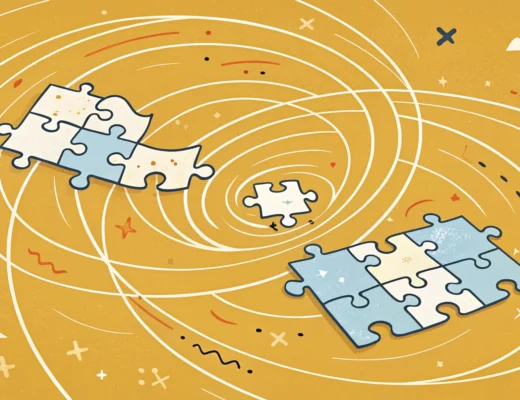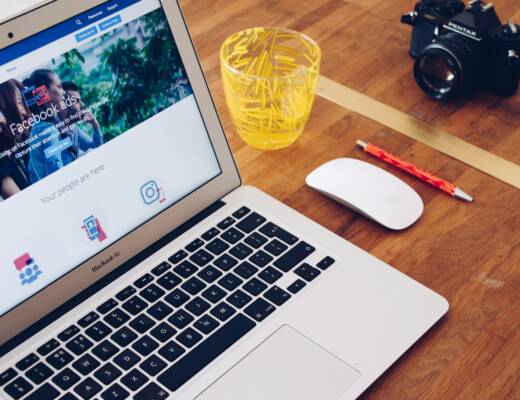The Reality of AI in Creative Work
Debbie’s recent experience illustrates this perfectly. While working on her upcoming book about gardening, Debbie needed to recreate a childhood memory of Brooklyn backyards. Unable to access the actual locations, she used Midjourney to generate reference images. These served as building blocks for her own artistic interpretation – combining drawings, paintings, and watercolors to capture the essence of that memory. This workflow represents the future of creative collaboration between humans and AI – where technology augments rather than replaces human creativity. The process wasn’t simple or automatic. Like any tool, AI requires skill and understanding to use effectively. Consider the work of Design Army, which created an entire ad campaign using Midjourney. While the results were impressive, the effort required matched that of traditional methods. The tool changed, but the need for human expertise remained constant.The Business Impact
Corporate investment in design follows economic patterns closely. During economic downturns, design budgets often face cuts. However, this creates a critical moment for designers to prove their worth by:- Creating compelling work that drives business results
- Demonstrating measurable impact on consumer engagement
- Adapting to new tools while maintaining creative excellence
Looking Forward
We’re witnessing AI in its infancy. Just as the transition from drafting tables to computers created new opportunities, AI will likely generate more jobs than it eliminates. The key lies in understanding that technology remains a tool directed by human intelligence and creativity. The future belongs to those who can harness AI’s capabilities while maintaining their unique creative vision. This requires:- Openness to new tools and methods
- Understanding AI’s limitations and strengths
- Maintaining human creativity as the driving force
- Focusing on results rather than resistance to change
Frequently Asked Questions
Q: Will AI eliminate design jobs?
While AI may automate certain tasks, it’s more likely to create new opportunities in design, similar to how computers generated new roles despite initial fears. The key is adapting to use AI as a tool while maintaining creative leadership.
Q: How can designers start incorporating AI into their workflow?
Begin by using AI for reference material and inspiration, while maintaining your creative process. Start with simple applications like generating variations or exploring concepts, then gradually expand as you become more comfortable with the technology.
Q: Does AI-generated design lack authenticity?
AI is a tool that reflects its input and direction. The authenticity comes from the human designer’s vision and how they use AI to execute that vision. The key is to maintain your creative voice while leveraging AI’s capabilities.
Q: What skills should designers focus on in an AI-driven world?
Focus on developing strong creative thinking, problem-solving abilities, and understanding of design principles. These fundamental skills remain crucial even as tools evolve. Additionally, learn to effectively direct and utilize AI tools to enhance your work.







